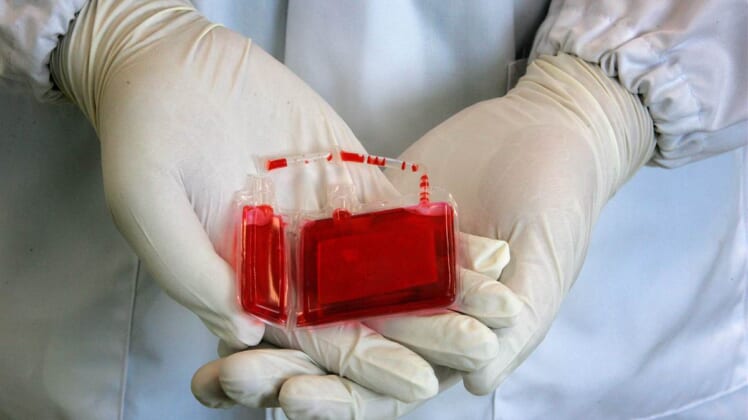
But what do you know about cord blood banking? Is it the right choice for you and your family? Here is a list of a few advantages of saving your baby’s cord blood
1. Cord blood collection poses no medical risk to the mother or newborn baby.
The procedure is safe and simple. Doctors collect cord blood from the delivered placenta, so it does not interfere with the care of the mother or baby.
2. Cord blood is collected in advance and ready to use when needed.
Cord blood is frozen after collection, so if disease or injury does strike your family, it is readily available for use.
3. Using family cord blood transplants lessens the risk of rejection.
Unlike receiving transplants from a stranger, the body does not reject its own cord blood cells.
4. Cord blood stem cells are smarter than average cells.
Once they are injected into the body, the cells migrate to the injured spot and immediately start the healing process.
Currently, cord blood stem cells are being researched in regards to their effects on brain injuries, Type I diabetes, neurology and cardiology.
The price for banking cord blood varies depending on the company, but the procedure costs around $2,000 to $3,000, based on whether or not your family saves the cord blood tissue. Additionally, there is an annual storage fee of about $125.
For more information, visit http://www.parentsguidecordblood.org.
